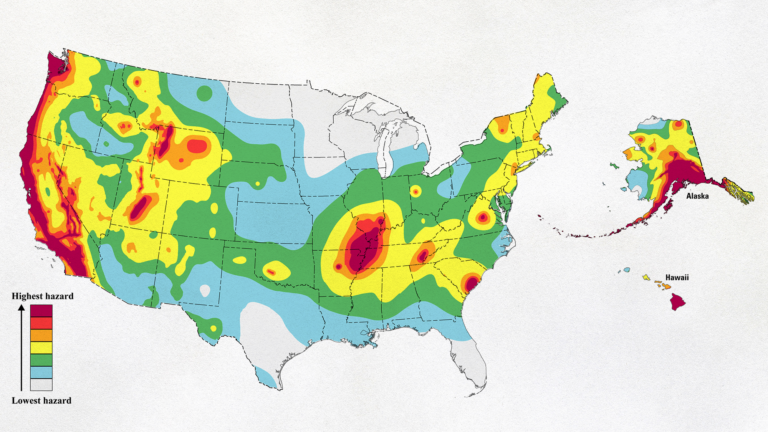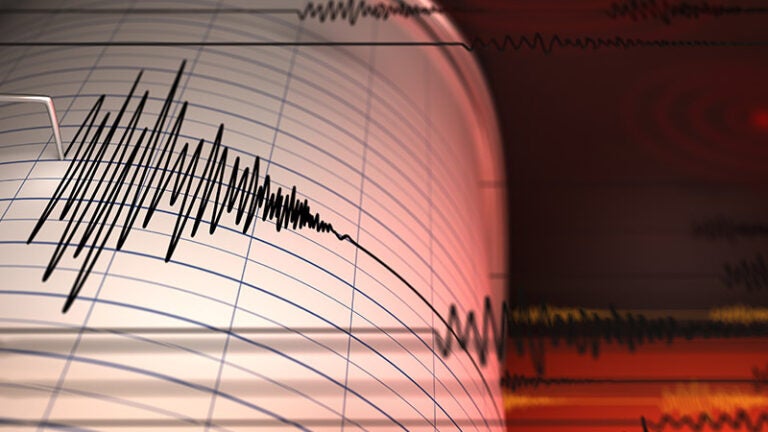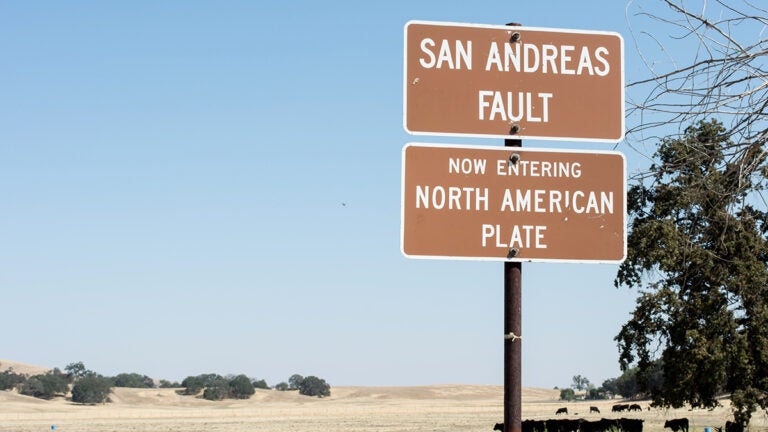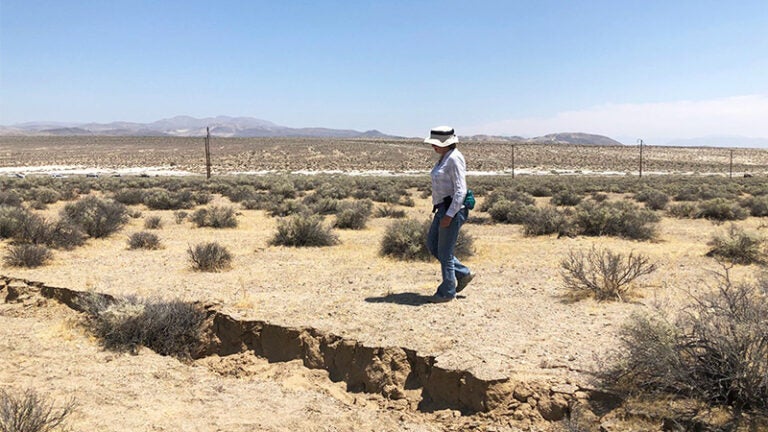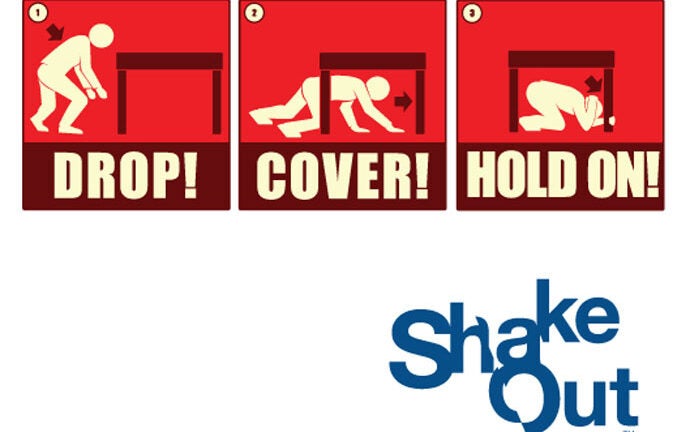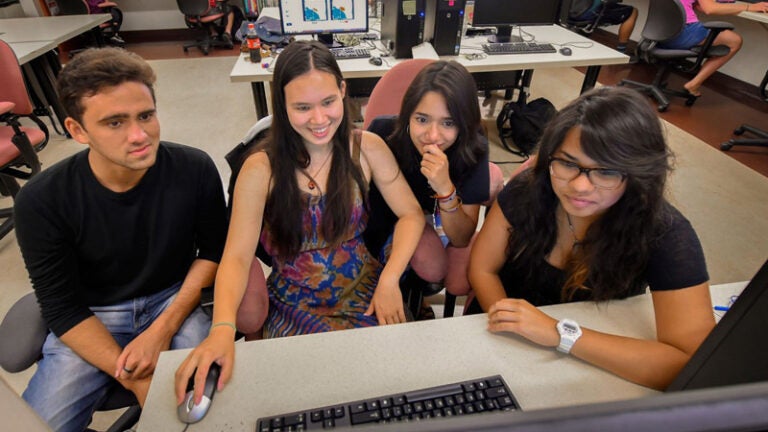Earthquake researchers at USC Dornsife’s Statewide California Earthquake Center made major contributions to the U.S. Geological Survey’s latest National Seismic Hazard Model.
USC Dornsife News
An analysis of historical seismic events by a USC Dornsife scientist helps explain why large tsunamis still occur after relatively small earthquakes.
USC Dornsife’s Southern California Earthquake Center is deploying high-performance computers, sensors and other high-tech gadgets to better prepare Californians for severe seismic activity. [5 min read]
By researching tremors under the infamous San Andreas Fault, USC scientists are seeking out what’s brewing beneath a quake’s surface. [2¼ min read]
Seismologists, engineers unite to quickly gather information and share it through a statewide clearinghouse that is critical for improving earthquake simulations and emergency preparedness. [4 min read]
Mark Benthien of the Southern California Earthquake Center at USC Dornsife explains why everyone should participate in the Great ShakeOut event on Oct. 20.
The Southern California Earthquake Center at USC Dornsife hosts the eight-week program, in which participants get real-world experience — and do real research, too.
As the importance of Pacific Rim nations rises, they face a host of dangers, both natural and manmade. The Southern California Earthquake Center and other USC centers are working to prepare for these threats.
Currents of semi-liquid rock are linked to the frequency of temblors that occur away from tectonic plate boundaries, according to Thorsten Becker of earth sciences.
Contact USC Dornsife News
Media Inquiries
Contact Ileana Wachtel
